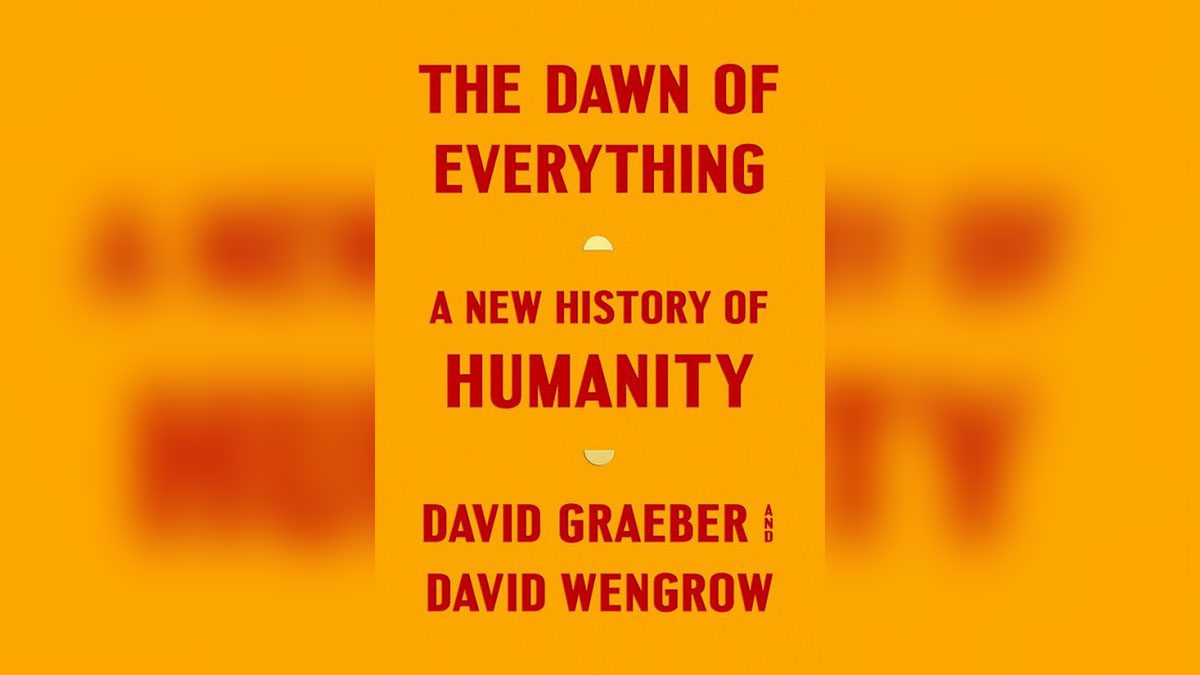Marx and Engels thought that some time before the dawn of recorded history there took place several closely interrelated transitions that transformed human life – from wandering bands of hunters and gatherers to settled farming and cities, from ‘mother-right’ to the patriarchal family, from classless and stateless ‘primitive communism’ to the first class societies and states. This was a reasonable theory given the evidence available at the disposal of 19th century thinkers.
Thanks mainly to archeology, vastly more evidence is now available. In a controversial new book, anthropologist David Graeber and archeologist David Wengrow argue that much of the new evidence is at odds with the theory we have inherited from Marx and Engels (The Dawn of Everything: A New History of Humanity, 2021).
Thus, there was no ‘agricultural revolution’ in the sense of a rapid once-and-for-all shift from hunting and gathering to farming. In many areas agriculture disappeared again not long after its first appearance, firmly establishing itself only much later. Many communities combined pre-agricultural activities with farming for long periods.
Construction of large settlements often preceded the emergence of agriculture. For instance, the city of Çayönü in present-day Turkey, to which I devoted a previous post, began around 8,800 BCE as a settlement of hunters and gatherers. Seeds indicate the start of farming around 8,000 BCE. Sheep rearing followed around 7,300 BCE.
Nor was city life always associated with a class system or a coercive state. The earliest city layouts give no indication of either phenomenon. The circular patterns of habitation at ancient mega-sites in Ukraine suggest an absence of status distinctions among the inhabitants. A more recent example was the city republic of Tlaxcala in pre-Conquest Mexico.
Most strikingly, a few of the cities where class divisions did arise underwent a sudden reversion to egalitarian cohabitation – that is, a social revolution. This is what seems to have happened in Çayönü around 7,200 BCE. The largest and most luxurious structure, presumably the palace, was burned down. So was the temple. Daggers stained with animal and human blood that were found at the site mutely testify to the sacrificial rituals conducted there.
Similar changes occurred in the Chinese city of Taosi around 2,000 BCE, some 300 years after its founding. The palace was destroyed. Residential areas for commoners spread over almost the entire site, while commoners’ graves appeared in what had been a cemetery reserved for the elite.
Another revolution took place around 300 BCE in the Mexican city of Teotihuacan. The Temple of the Feathered Serpent, where as at Çayönü human beings had been sacrificed, was vandalized and set on fire. Pyramid building came to a halt, replaced by a program to erect high-quality stone housing for the entire population. None of the artwork found at the site portrays figures of authority.
The discovery of previously unknown classless societies can only hearten socialists. We can now point to more examples of the ability of human beings to live together in equality – examples taken from various periods and regions.
For further discussion of the book by Graeber and Wengrow, see The Socialist Standard, May 2022, pp. 14-16, 21.



